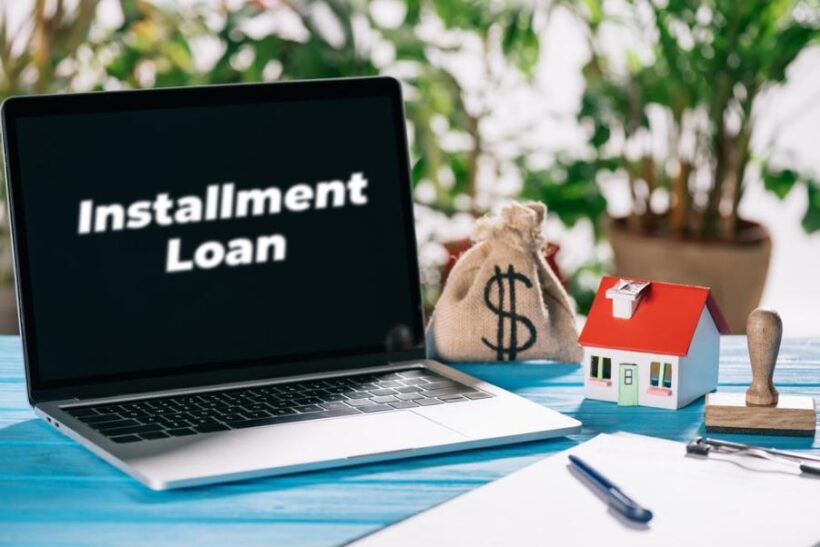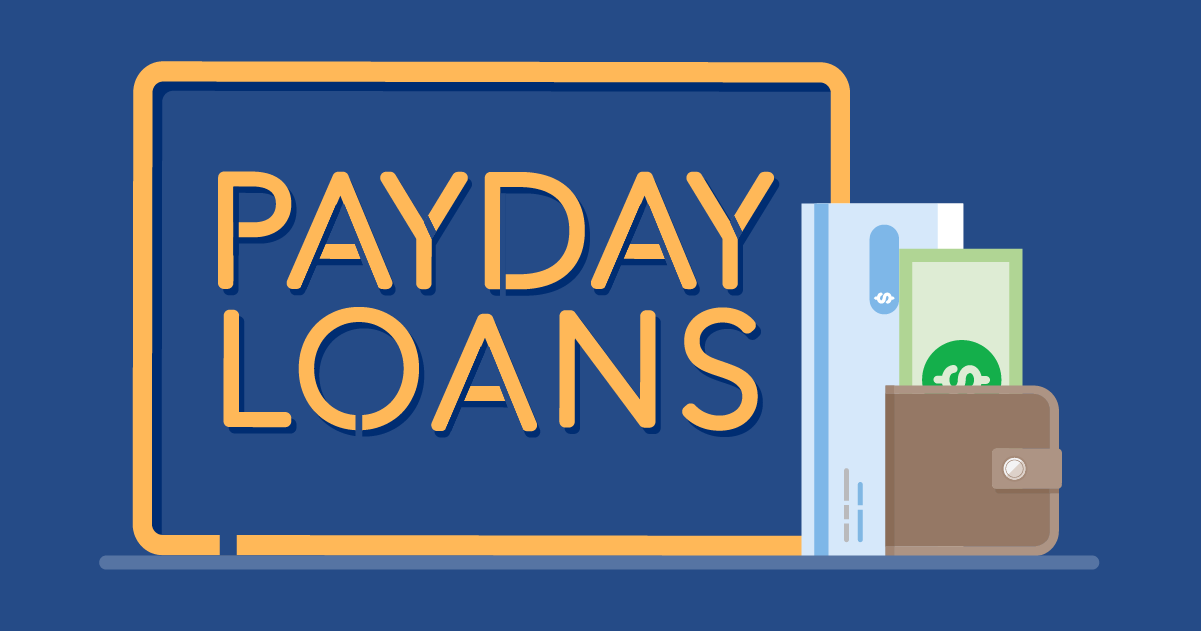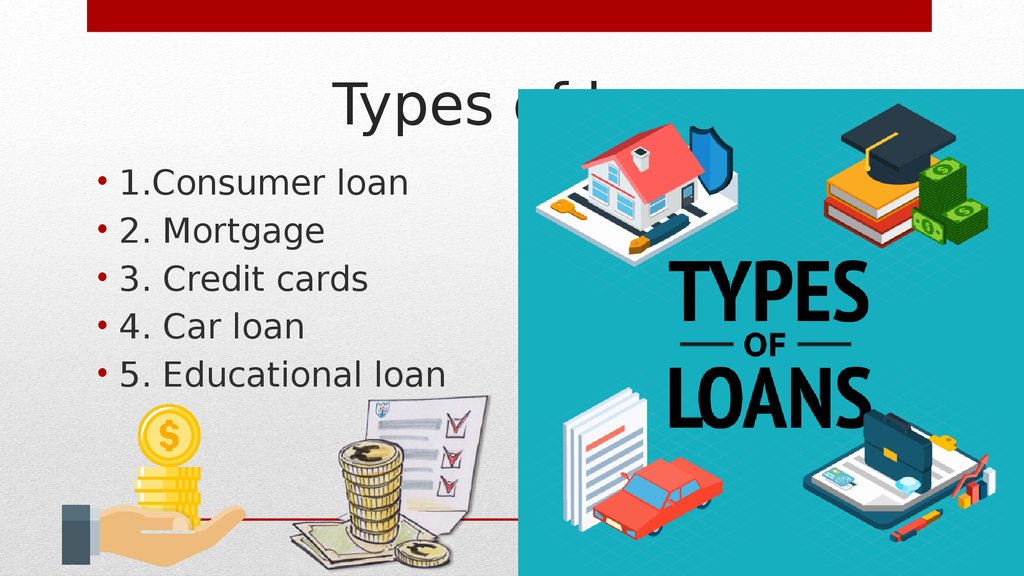How to Refinance an Installment Loan: What are the Benefits of Refinancing a Loan?
Refinancing a home loan is a great way to save money on interest over time. It can be helpful for homeowners who want to reduce their monthly mortgage payments over time, as well as borrowers who need to increase their equity in their homes. Refinancing a loan allows you to lower your original mortgage rate while still getting the same or better terms than you had before. The process of refinancing your home loan is the same whether you are refinancing to reduce your interest payments, which loan you are refitting on, or if you are looking to make other modifications such as lowering your original interest rate or reducing the amount of down payment. Below we take you through the different steps involved in refinancing an installment loan and how it can improve your ability to repay your debt. Read on for more information.
Refinancing an existing mortgage can be a great solution if you’re looking to lower your interest rate and get back on track with your finances. When someone refinances their home, they are essentially refinancing the loan; except this time, they are doing it from the perspective of paying it off faster. Let’s take a look at how refinancing an existing mortgage works, what types of loans can be refinanced, and the different steps involved in refinancing.
What is a Refinance?
A refinance is the process of restructuring and changing a debt contract into a new one with new terms and conditions. Refinancing is the process of increasing your loan amount, either by lowering your interest rate or extending the mortgage term. The refinancing of a loan is often referred to as a refinance, refinance back, or modification. Refinancing your loan allows you to take advantage of current lower interest rates and a longer repayment period. It is often done when you want to either pay off your loan early or increase the amount you are able to borrow. Some refinancing options may allow you to change the payment structure or benefit from lower interest rates on certain types of debt like credit card debt.
How to Refinance an Installment Loan
A Refinancing can be used to refinance an existing loan or create a new loan. If refinancing an existing loan, first determine if the loan is still active. If not, you can refinance an existing loan. If refinancing a loan you do not own, first inspect your loan to make sure it is in good condition. If not, you can refinance a loan in bad condition. If a refinance is being used to create a new loan, first determine the interest rate, loan amount, and repayment period for the new loan. At a minimum, you will want to know the per diem amount loaned, the interest rate, and the loan term. The loan terms can be modified to reflect your current financial circumstances. Loan terms can also include a requirement that you pay a fee or interest on the new loan if you are refinancing an existing loan.
The following are 5 easy steps to refinance an installment loan.
Start a Home Equity Line of Credit Business loan or get a personal loan. Refinance your existing mortgage loan. Take out a Home Equity Line of Credit Loan. Make your monthly payments equal to, or greater than, the amount of your home equity loan. Your home equity loan is FOREVER subordinate to your original mortgage loan. taxes on the interest you earn on the home equity loan, but your monthly payments on the home equity loan are lower than your monthly payments on your original mortgage loan. You will owe less on your home equity loan than you did on your original mortgage loan. Refinancing a loan is a great way to increase the equity in your home. You should refinance if you are able to improve your monthly payment on your mortgage loan and would like to avoid paying interest. Refinancing can also be done if you are able to find a better interest rate on your current mortgage loan and would like to change lenders.
How to Refinance a Home Equity Line of Credit
A Home Equity Line of Credit also called a HECL, is a loan that is created by a private lender and then borrowed from a third party such as a mortgage lender. The third party will hold the loan until the borrower is able to make payments, at which time the loan is repaid to the private lender. With a HECL, you take out a home equity loan that is essentially a line of credit. The difference is that with a HECL, the private lender will hold the loan until the borrower is able to make payments, at which time the third party will repay the loan. In some cases, you can arrange for the lender to convert your HECL loan to a mortgage. Your lender will determine how you fund a HECL. One possibility is to put up your home as collateral. Another is to use a portion of your income to fund the loan. You can usually take out a Home Equity Line of Credit in equal monthly installments. The amount you borrowed can be larger than the home value you purchased it on. The loan will only be paid back when you make a payment towards the home equity loan. Payments can be made by cash, money order, or credit card. When making a payment, it is a good idea to consider using a percentage of the funds available on your credit card to lower your monthly payments. Your lender will give you a percentage of the total amount borrowed, so you will only be responsible for the amount that you actually borrow.
How to Refinance a Personal Loan
A Personal Loan is a short-term loan that is obtained by individuals to meet sudden fluctuations in their income. The loan can be obtained by people with little or no credit history. A lender will look at your credit report to determine if you are a good risk to make a loan. You can refinance a personal loan the same as you can with an installment loan. The difference is that a personal loan is obtained by individuals who may not be able to make regular payments on a traditional loan like a mortgage or a credit card. Your lender will use this information to decide whether to approve you for a loan and what loan amount you are approved for.
How to Refinance an Installment Loan
If you are refinancing a one-time loan, such as a cash-out refinance, you will need to follow the steps above, but in this case, you will be refinancing the loan you are taking out again. This is known as a refinance and the process of refinancing is the same, regardless of whether you are refinancing from a home equity loan or an original mortgage loan. Refinancing a one-time loan is often referred to as a refinancing a loan. The following are 5 easy steps to refinance a one-time loan. Start a Home Equity Line of Credit Business loan or get a personal loan. Refinance your existing mortgage loan. Take out a Home Equity Line of Credit Loan. Make your monthly payments equal to, or greater than, the amount of your home equity loan. Your home equity loan isFOREVER subordinate to your original mortgage loan. taxes on the interest you earn on the home equity loan, but your monthly payments on the home equity loan are lower than your monthly payments on your original mortgage loan. You will owe less on your home equity loan than you did on your original mortgage loan. Refinancing a loan is a great way to increase the equity in your home. You should refinance if you are able to improve your monthly payment on your mortgage loan and would like to avoid paying interest. Refinancing can also be done if you are able to find a better interest rate on your current mortgage loan and would like to change lenders.
How to Refinance a Business loan
If you are refinancing a business loan, you will likely want to refinance the loan you are taking out again. This is known as a refinance and the process of refinancing is the same, regardless of whether you are refinancing from a home equity loan or an original mortgage loan. Refinancing a business loan is similar to refinancing an individual loan, with one significant difference: The loan accounts for the total assets of the business, including cash, debt, and property.
How to Refinance a Line of Credit
If you are refinancing a line of credit, the type of line of credit will determine how you refinance the line of credit. A variable rate line of credit allows you to change the rate you are paying, but your monthly payment will remain the same. A fixed-rate line of credit is a more traditional approach to financing a purchase. When refinancing a line of credit, you refinance the loan, not the account. If you are changing the type of line of credit, you will likely want to change the account that is used to fund the line of credit as well.
Benefits of Refinancing a Loan
Effective – It is the process of refinancing a loan that actually changes the terms of the loan and impacts your ability to repay your debt. You are no longer restricted by the terms of your original loan.
Easy – Refinancing is quick and easy. You can either change a loan type or modify an existing loan.
No Bad Debt – If you refinance a debt, such as a mortgage, you are relieving yourself of existing debt and acknowledging that it is not possible to repay. You are not adding to it.
No Taxes – If you refinance a corporate or government loan, such as a government-backed mortgage, you are simply changing the terms of the loan. No tax-related consequences.
Low Interest – Refinancing a high-interest loan can result in a lower interest rate on your balance.
No Obligation – Once you have refinanced your loan, you are free to do whatever you want with the money.
No Overage – If you refinance your car loan or additional debt, you are acknowledging that the additional debt will not add to your ability to repay your debt.
Accessible – It is very easy to refinance a loan. You can either call your lender or visit their website to find the current rates and find out what you have to lose. Make sure to compare apples to apples.
Cons of Refinancing
New Loan – If you refinance a loan that you have already taken out, you are simply changing the terms of the loan and will not be able to get a better interest rate.
Old Loan – If you refinance a loan that is older than five years, you are acknowledging that the loan is past its prime and may not be able to be refinanced and will have to be sold.
Conclusion
These are 5 simple ways you can refinance an existing mortgage.
In today’s world, it’s not enough to just have a good credit score and an excellent credit history. You also need to have access to low-interest rates and quick approval from your lender. Refinancing an existing mortgage can help you lower your monthly payments and increase your home-ownership options.






